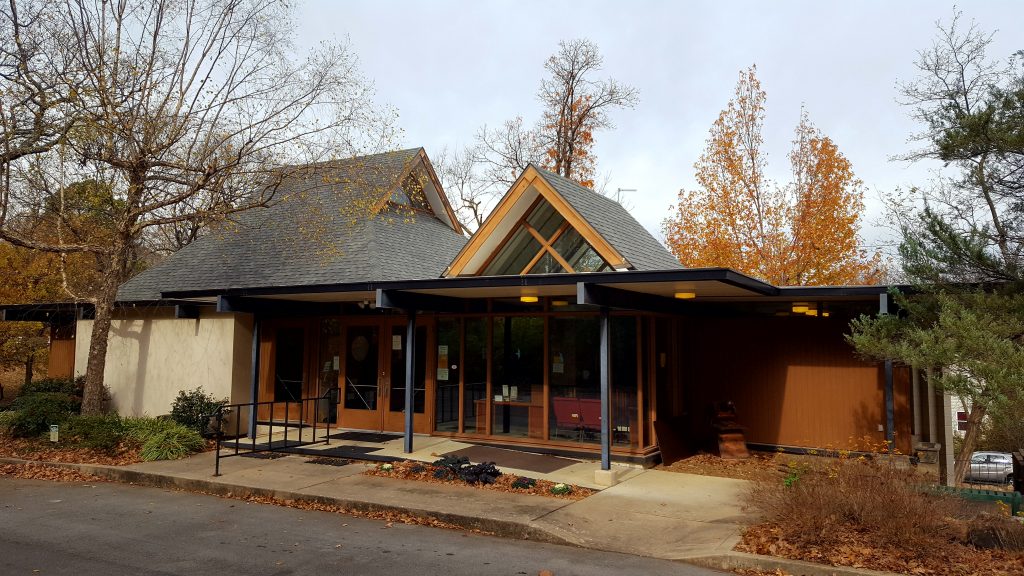“The Flaming Chalice,” emblem of the Unitarian Universalist movement, contains two circles – one symbolizing Unitarianism and the other Universalism, distinct movements in Europe and America, which formally joined together in the U.S.A. to form the Unitarian Universalist Association (UUA) in 1963.
The chalice is inspired by Jan Hus (b.1370), Bohemian Catholic priest and Dean and Rector of the Charles University in Prague. While at the time the faithful had to rely on the priests to translate scripture from the Latin, Hus translated the Bible into the local language – a precedent the Reformation followed. And while the Church reserved the communion wine for the priest alone, Hus shared the chalice with the people that they might have both bread and wine together. For these and other “heresies”, the Church ordered Jan Hus burned at the stake in 1419. After his death the people he had served combined the fire of his martyrdom with the communal communion cup to create the symbol of the flaming chalice, which became the symbol of freedom in Bohemia.
The chalice and the flame were brought together as a Unitarian symbol by Austrian artist Hans Deutsch in 1941. Living in Paris in the 1930s, Deutsch drew critical cartoons of Adolf Hitler. When the Nazis invaded Paris in 1940, he abandoned all he had and fled to the south of France, then to Spain, and finally, with an altered passport, into Portugal. There he met the Reverend Charles Joy, executive director of the Unitarian Service Committee (USC). The Service Committee was new, founded in Boston to assist Eastern Europeans, among them Unitarians as well as Jews, who needed to escape Nazi persecution. From his Lisbon headquarters, Joy oversaw a secret network of couriers and agents.
The flaming chalice also evokes a cross which symbolizes our Christian history, and is off-center, symbolizing our progressive (non-static) movement towards truth. Today many Unitarian Universalist congregations light the chalice at the beginning of their Sunday services, renewing our common commitment to the “light of reason, the warmth of life, and the fire of our passion for justice.”
